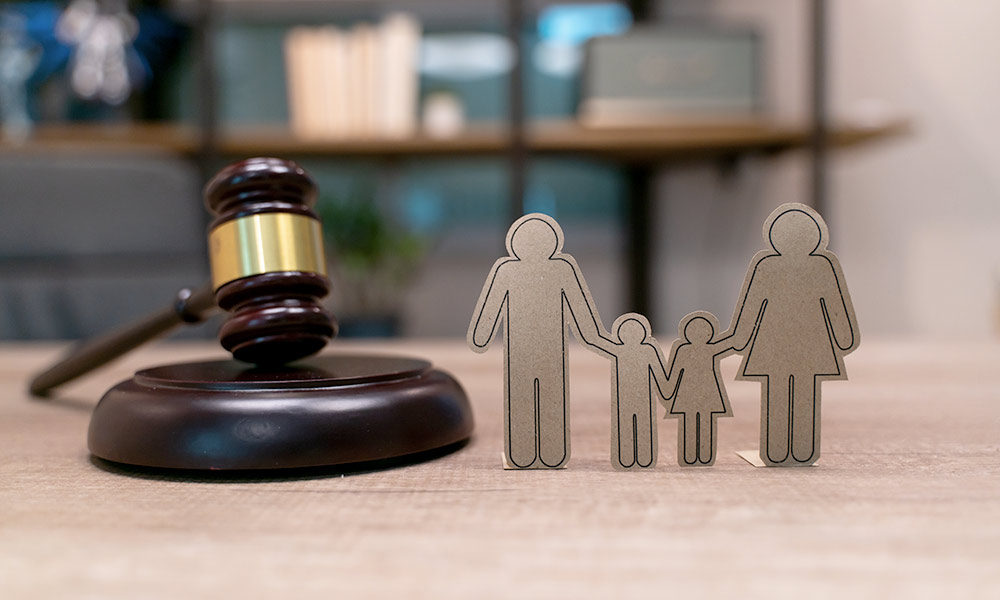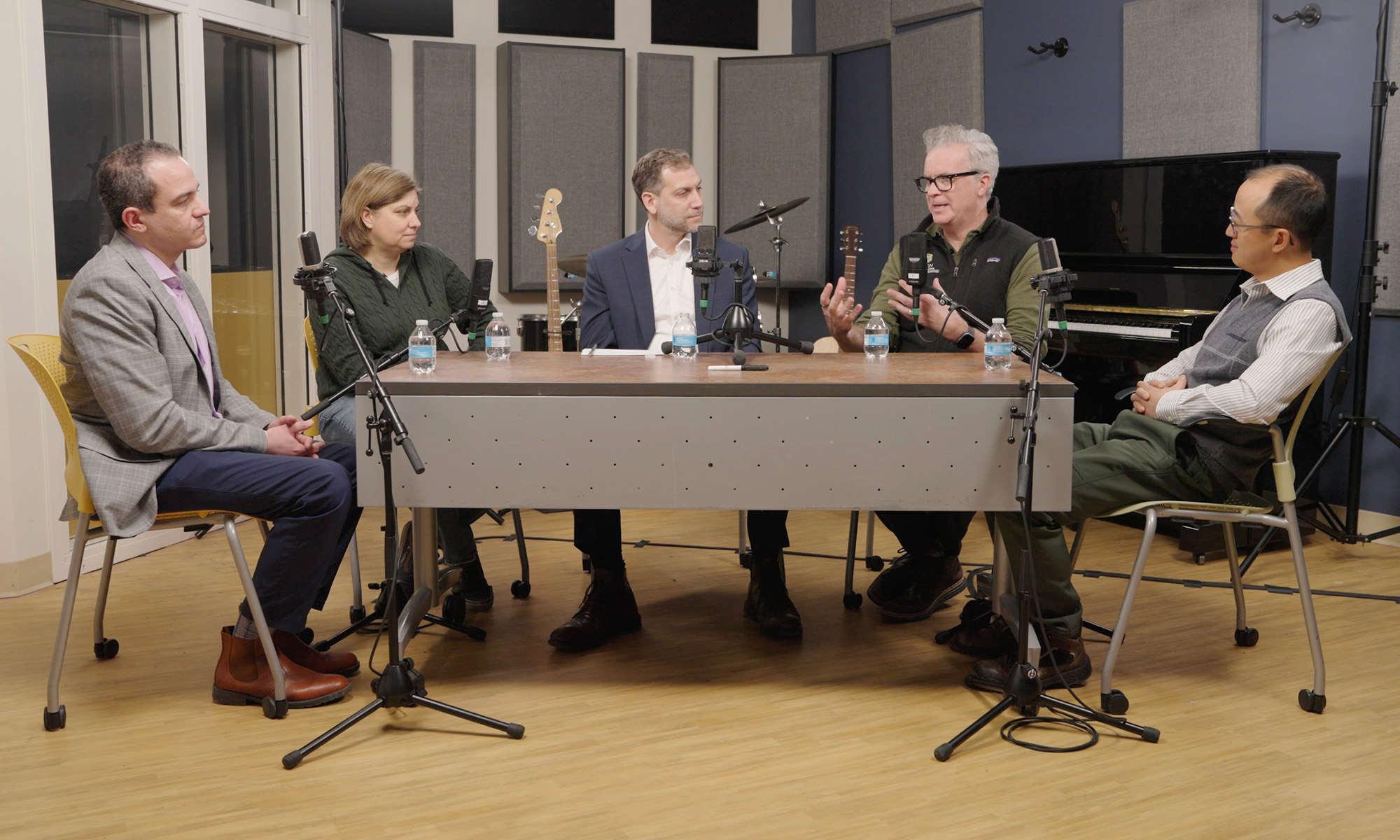Children should not be separated from their families, except in extreme cases of imminent physical harm, argues Mical Raz, the Charles E. and Dale L. Phelps Professor in Public Policy and Health and an associate professor of history at the University of Rochester. Raz is also a practicing hospitalist at the University’s Strong Memorial Hospital.
Annually, more than a quarter of a million children are removed from their parents by state governments and placed under the auspices of agencies such as Child Protective Services. Using the current US administration’s widely criticized policy of separating immigrant families at the border as a starting off point—Raz and her co-author, Vivek Sankaran, a clinical professor of law at the University of Michigan, call attention to the detrimental long-term effects of separating children from their parents in a recent essay, published in the American Journal of Public Health (AJPH).

Taking a closer look at policies governing domestic welfare interventions—which can result in both temporary and long-term child separation—the duo argues that physicians, psychologists, and public health experts “have expressed profound moral outrage, while also explicitly warning of the medical and psychological dangers of needlessly separating children from their families of origin.”
“Some advocates think ‘remove first, ask questions later, better safe than sorry.’ In fact, children are often safer in their suboptimal homes than in these placements,” says Raz.
Often, child welfare interventions that result in the separation of children from their families are readily accepted as necessary for the benefit and safety of the child, the authors write. Yet, 75 percent of substantiated child protection cases involve neglect, which Raz and Sankaran deem an “amorphous category correlated and unfortunately too often confused with poverty.”
Studies indicate that apart from extreme cases of imminent physical harm to children, the family unit is the preferable place for children to grow and thrive, writing that “suboptimal families are better for children than removal.”
The authors also describe child removal as a haphazard process, with policies that vary by state and even among counties within that same state.
“Children belong with their parents. Parents have an affirmative right to care for their children,” says Raz. “Barring extreme cases, evidence indicates that children do best with their families of origin, and that separation from their homes and communities have long-lasting adverse effects. Children placed outside their homes are often vulnerable to abuse and maltreatment, in foster homes and in institutions. This abuse often remains invisible, while the risks to children in their homes of origin are frequently inflated.”





